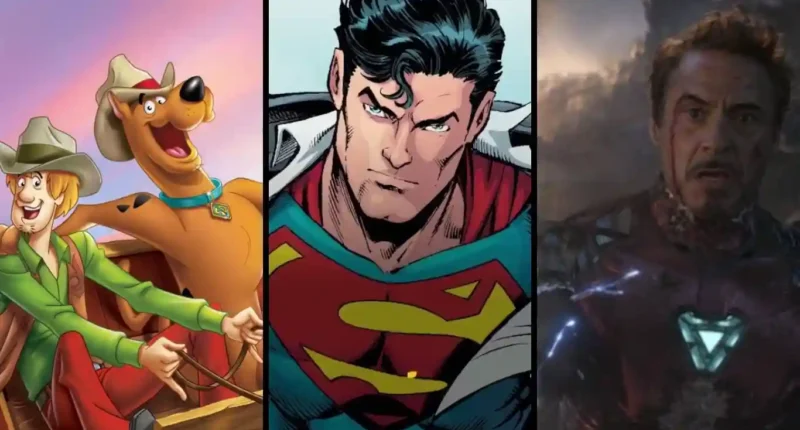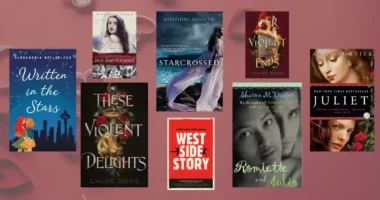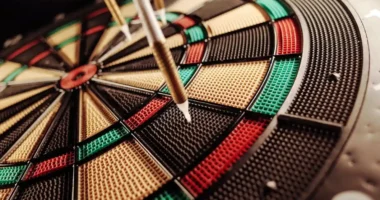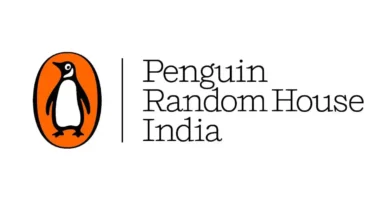Every tale requires a hero. Humans have a natural desire to root for a character in a story. But a hero can be defined in a variety of ways. Depending on how you tell the narrative, your hero might be a regular guy who finds himself in a terrifying situation. Or, your protagonist can be a young woman who is descended from the gods and assumes her proper role as a warrior queen. Finding a hero who can both embody the essence of your novel and carry its central message is crucial. There are 6 types of heroism in storytelling which are as follows:
6 Types Of Heroism
The Willing Hero
The willing hero is the first kind of hero we’ll encounter. You recognize this hero because, when everyone else is fleeing from danger, he advances it with a glitter in his eye. The challenges that the willing hero must overcome serve as his inspiration. He likes difficulties and gets bored with a life without any obstacles to overcome. The bravery of the willing hero is also noted. The willing one is brave and bold almost to a fault, in contrast to several other heroes on this list. He exudes excessive optimism and confidence in his skills.
The willing hero poses the potential risk of not being relatable to the reader. Modern readers like complex characters that don’t always act bravely in the face of nearly certain defeat, are conflicted or know the appropriate course to choose. Of all, this kind of hero appears in a lot of great novels, so don’t let the challenge of creating this character deter you. Don’t attempt to make the willing hero relatable if you do decide to go that route. Make him a hero or an ideal instead.

The Unwilling Hero
The unwilling hero, in contrast to the willing hero, approaches difficulties with uncertainty and fear. He is confused about what direction to go in. The unwilling hero’s constant companion is doubt. The hesitant hero often referred to as the unwilling hero, is never satisfied with his role. Although he hopes someone else could take on the mission, he is aware that he is the only one who has been assigned to complete it. This kind of hero is frequently depicted as an everyday person who is faced with an exceptional challenge. A good example of Unwilling hero is “Scooby and Shaggy” from “Scooby Doo”.
The unprepared hero lacks any superpowers, magical prowess, or innate characteristics that could equip or prepare him. His yearning to get back to normal is one of the unwilling hero’s most frequent inner conflicts, but sadly, it will never be realized. The reluctant hero will eventually show his courage by accepting the challenge. Writing this kind of hero is difficult because you have to convey his ambivalence on a consistent basis without making the reader lose it. To demonstrate that your unwilling hero is actually developing into a true hero in the course of the novel, you’ll need to properly pace your characterization across the narrative.
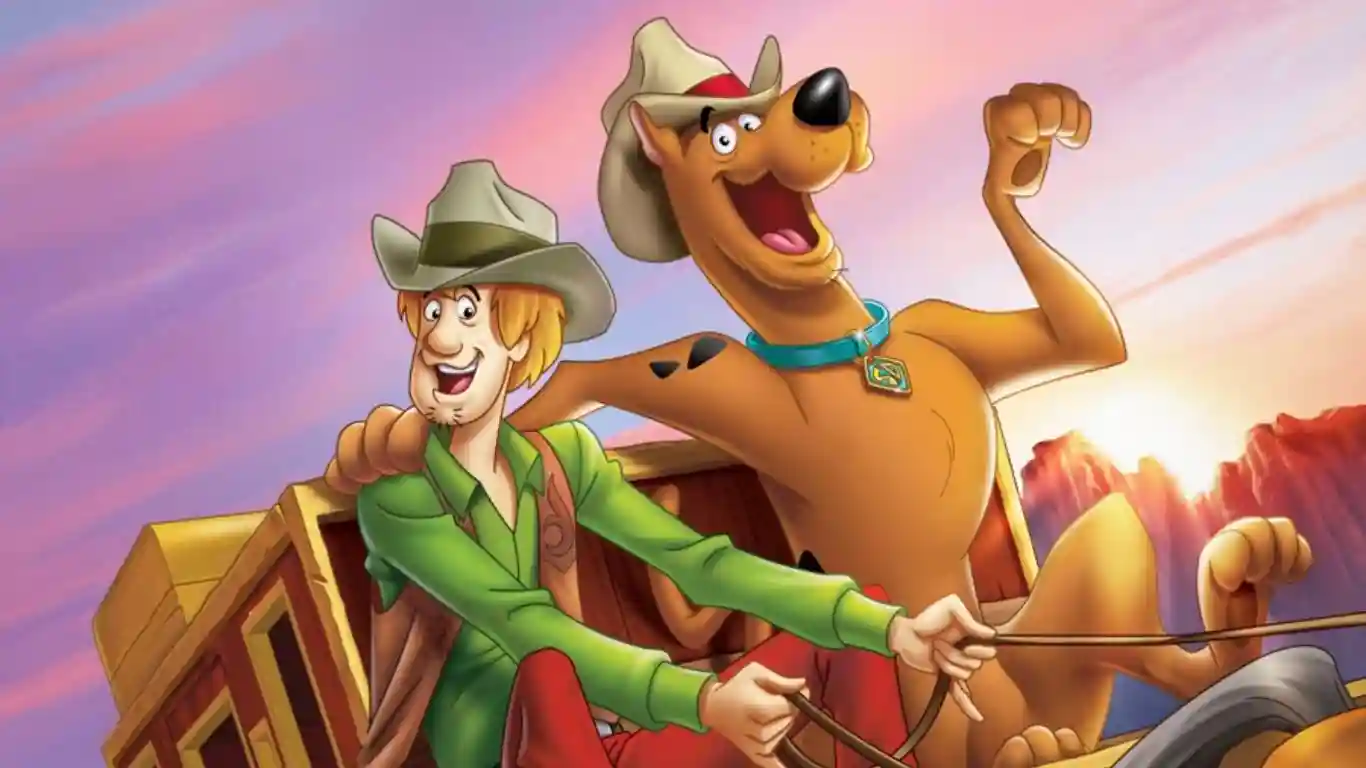
The Tragic Hero
The tragic hero has a serious weakness that ultimately brings him to ruin. However, the tragic hero should be pitied rather than mocked. You see, according to Aristotle’s description of the tragic hero, the protagonist suffers a complete loss due to a turn of events also known as peripeteia. His failure to make the right decision or an unexpected turn of fate rather than immorality or corruption caused his downfall. A plot device is more than a person, the tragic hero. The reader feels both compassion and terror at his demise. Particularly if the reader experiences the hero’s journey from victory to tragedy, it produces an emotional experience. It might be intriguing to include a tragic hero as a supporting figure in your narrative. The protagonist of your story can be balanced by this hero.
The Classical Hero
One of the most typical characters in literature is the traditional hero. He is almost impossible-perfect. The classical hero is brave and eager to do what is right, just like the willing hero. Even when he has some internal struggle, he frequently has an ingrained sense of ethics that directs him toward the noble course. The majority of historical heroes had divine ancestry or magical abilities. Because he is superior to the others in some way, he stands out from the crowd. He might be a great combatant or a cunning tactician.

It’s also possible that he has access to magical weapons like cloaks, swords, shields, or immorality. Despite being one of the most well-known varieties, the classical hero shares the same problem as the willing hero: reliability. The short answer is that they don’t, which is why it’s so challenging to create this kind of hero in contemporary fiction. Ancient Greece praised the classical hero, but today there is little appreciation for him. You can concentrate on writing the classical hero from the perspective of admiration, much like the willing hero. You can also investigate the hero’s internal strife.
The Epic Hero
The epic hero is something of a myth. He becomes greater than any one person because he stands for the best aspects of a civilization. Whether society is renowned for its strength, selflessness, or humility, your epic hero will exemplify each of those traits. At first, the epic hero appears to be a typical individual from his day. But as the narrative progresses, the epic hero is more clearly revealed. He is renowned for his quick wit, altruism, and/or fortitude. While the epic hero typically embarks on a physical trip, discovering his inner journey might be just as fascinating. This hero must first battle the inner conflict before confronting evil.
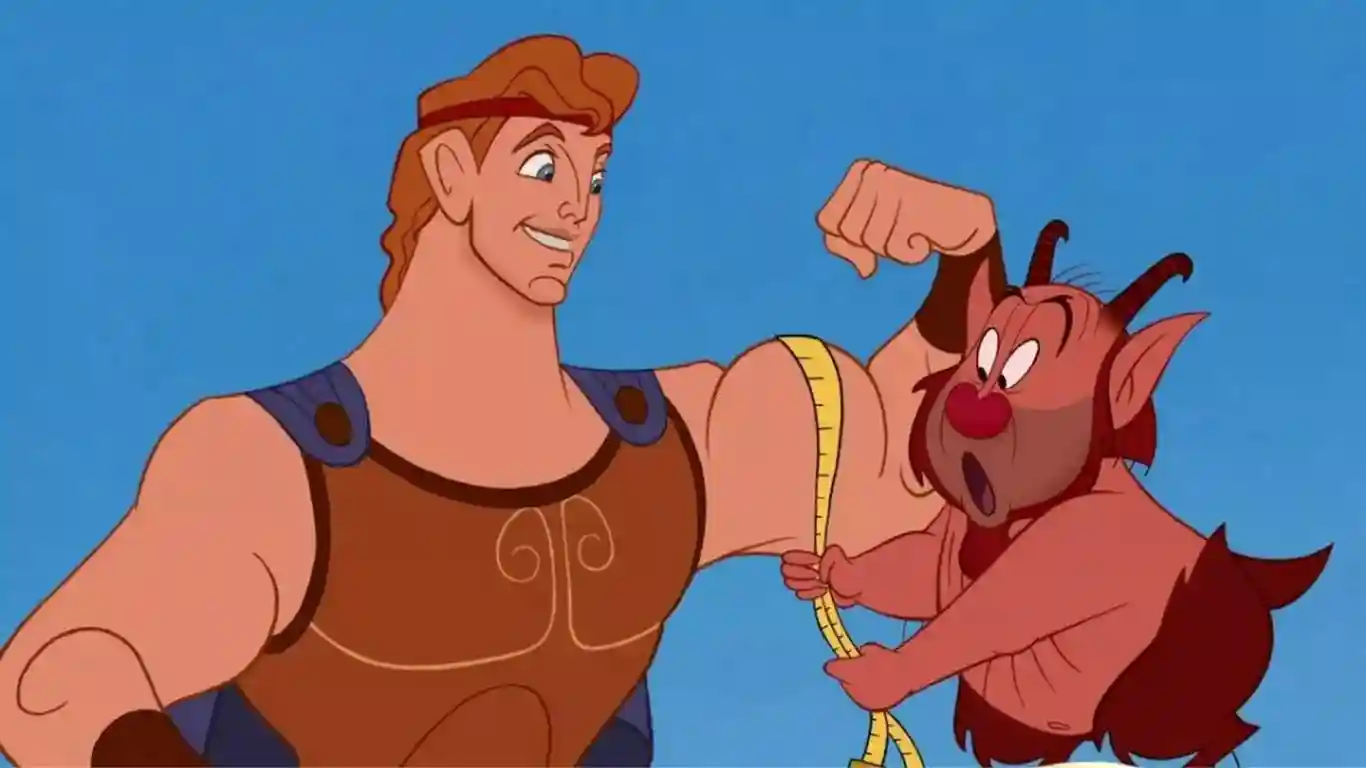
The Antihero
Although famously difficult to write, the antihero is entertaining to read. He’s not exactly a traditional hero, to start. If you construct an unsympathetic character, it will be harder for the reader to develop an emotional bond with them. As a result, if you decide to make your protagonist an antihero, characterization will require more effort. You can’t just build your antihero with endearing one-liners.
The reader should recognize the antihero’s flaws right away, despite the author’s desire to convey a different impression. In order to be sympathetic, the antihero must be weak. He frequently lacks the moral strength to act honourably and is just devoted to himself. He is unquestionably not spotless. He is hardly a villain, though. He is a hero in disguise, as your reader can see, and he will ultimately act morally.
Also Read: Top 10 Strongest Superhero Sidekicks from Dc Comics
